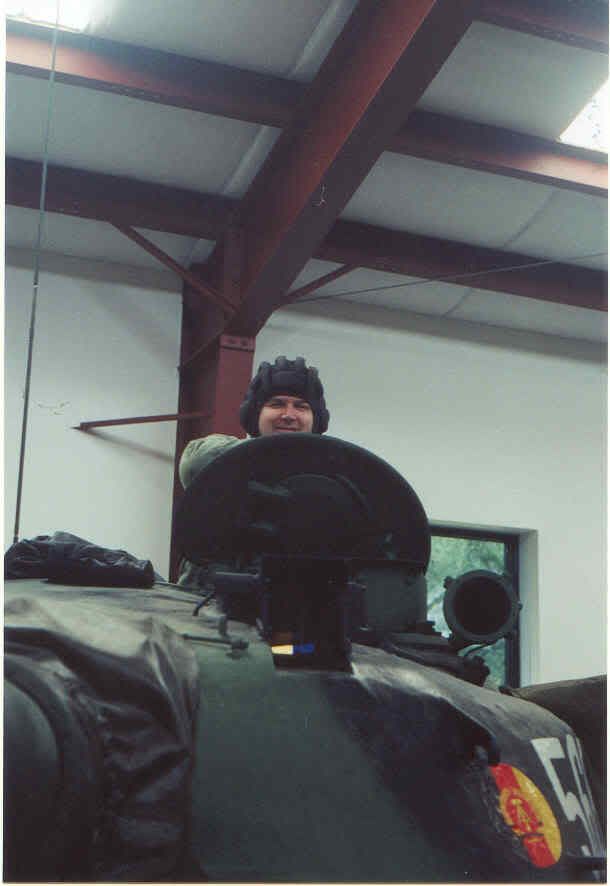Agree with Mickel.
If your game is placed in central Europe (the inter-German border, plus most of the Czech and Hungarian borders), you should not be fielding T-72s. Unless your scenario is set several days after the opening of hostilities, when strategic reserves may be arriving on the battlefield from the internal Soviet military districts.
The GSFG (Group of Soviet Forces, Germany) was equipped with T-64s starting in the late 1960's, and began supplimenting those with T-80s in the early 1980s.
That is, of course, providing that you are playing as a
Soviet player.

If you are running tanks as a Polish player, or an
East German player, then by all means help yourself to some T-72s! The GHQ model which is described as a T-74 ( ? ) makes a very respectable Soviet T-72A, or export production T-72M1, or T-72S (often used to designate Polish license-produced T-72s supplied to several Warsaw Pact armies).
As to mixing the forces ... the problem is that Soviet units seldom operated a mix of tanks.
Others have highlighted the general organizational structure. Tank Divisions were built-up out of 3's, with HQs on top.
Platoon = 3 tanks
Company = 3 platoons + 1 command tank
Battalion = 3 companies + 1 command tank + 2 or 3 HQ vehicles (one APC, one truck, one jeep)
Regiment = 3 battalions + infantry battalion + artillery battery or battalion + maintenance and supply + HQ
All of the tanks, up to Regiment, would typically be of the same type (with perhaps some variance in sub-model (for example a mix of T-64A's with T-64B's, but NOT a mix of T-64's with T-80's).
There are perhaps two notable exception to this.
First is that some units retained extra companies of obsolete tanks for training and field excercizes. These could well be mobilized in wartime to become active attached companies. So it was possible to find a tank battalion with 31 T-72s and a "mobilization" company of 10 T-62s or T-55s attached. There would never have been a mix of T-80s with T-72s. One might argue for a T-80 battalion with a company of T-64s attached, but that would have been highly unlikely, as the T-64 was never considered "obsolete" during the cold-war.
The second opportunity is one that is more realistic, and will be very hard to decipher on the battlefield to anyone who is knowledgeable on Soviet unit organizations, but expecting the ordinary. That would be a scenario of a Motor Rifle Division exploitation detatchment doing a "pass through the lines". In that case there would probably be a motor rifle force (perhaps a battalion of infantry in APCs, with a company of tanks based on 4-tank platoons, and a battery of SPG in support) that was seeking to engage the last organized line of defense, and then a divisional independant tank battalion that would pass through to exit the table on the opposite side (to go cause as much havoc as possible in the NATO rear areas). The independant tank battalion of a MRD was usually
five companies rather than three, sometimes still constructed of platoons of
four tanks. It was an exceedingly large tank-only force, and its tanks did not always match the rest of the tanks in the MRRs of the MRD. So you might do a motor rifle battalion with a company of 13 T-80 tanks, and then an independant tank battalion with 51 or 66 T-64s passing through.
THAT would be a pretty big battle, though!

